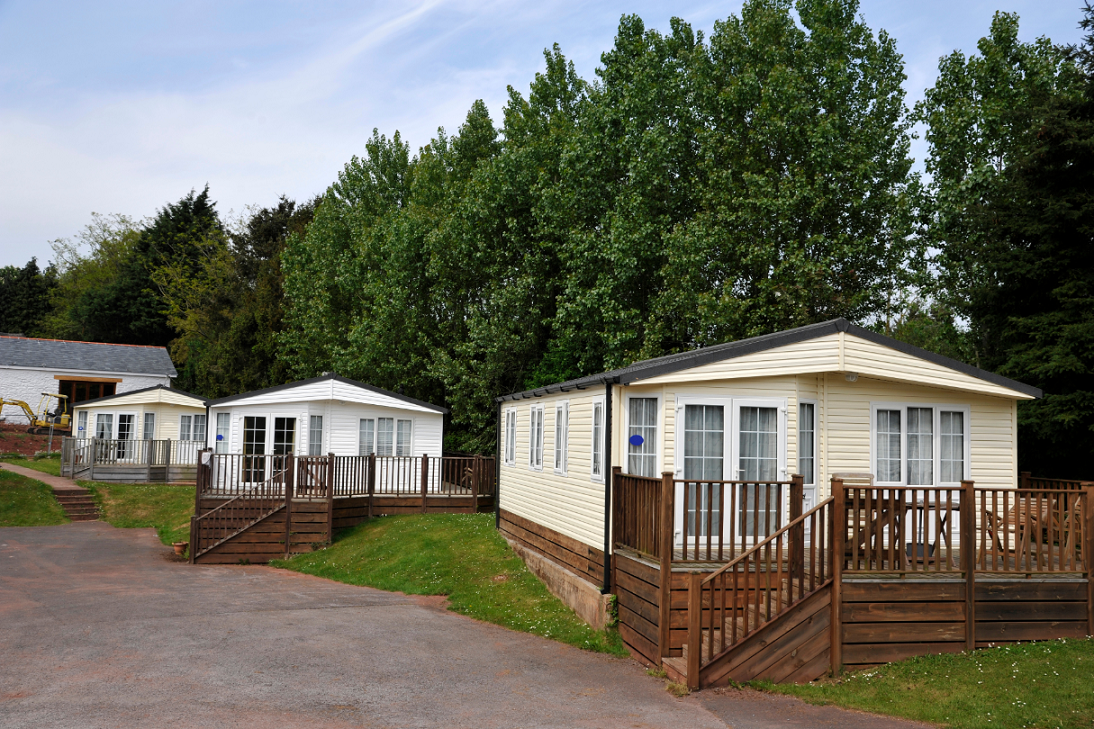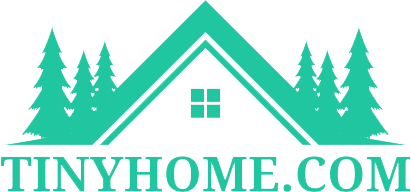
The big question (or should I say, the tiny question) is: How tiny is a tiny house? Well, there’s no universally accepted size range for what constitutes a tiny home. Some define it as a dwelling less than 400 square feet, according to the International Residence Code, while others stretch the limit to 600 square feet. The common consensus, however, appears to veer towards 600 square feet or less.
The truth is, these measurements can vary widely because of the versatility of tiny houses. They can be built on a permanent foundation like a traditional home, or they can be built on trailers, which allows for mobility. But, for perspective, let’s put the average size of a tiny home into context. Based on a thorough analysis of over 2,600 tiny homes by Porch.com, the average tiny house is a compact 225 square feet. This makes it over eight times smaller than a typical home, which usually spans around 1,900 square feet with three bedrooms and two bathrooms.
Now, when we talk about tiny houses on wheels, which are quite the rage, the maximum dimensions usually allowed (without needing a special permit to move) are 8.5′ wide, 40′ long, and 13.5′ high. This equates to approximately 320 square feet of livable area.
It’s quite fascinating to think of how life fits into such a compact space, isn’t it? These statistics might be a bit overwhelming, but they point to the amazing possibilities of innovative design and clever usage of space that tiny homes champion.
The average cost of a tiny house
The appeal of tiny houses extends well beyond their compact size. A defining allure of these unique homes lies in their affordability. With a typical price range from $30,000 to $60,000, the prospect of homeownership suddenly becomes a reachable goal without the daunting mortgage debt that traditional homes often impose.
It’s important to note that the price of a tiny home can significantly fluctuate based on the amenities and custom features chosen. The spectrum of possible costs is vast, with some minimalistic or DIY-built tiny homes dipping as low as $8,000 and luxury, amenity-packed ones soaring up to $150,000. It’s more economical to build a tiny house yourself than to buy a pre-built one, yet this decision depends on various factors such as your skills, available time, and willingness to get hands-on.
Apart from their affordability, tiny homes also allow for a simpler, minimalist lifestyle. They limit space for belongings, helping you focus on what matters most and keeping your life clutter-free. Many tiny homeowners also enjoy the eco-friendly aspect, incorporating sustainable elements like solar panels and composting toilets. Plus, who could ignore the freedom to travel? With a tiny house on wheels, you can literally take your home wherever you wish!
Tiny Home Industry
If you’re contemplating the current trends and future prospects of the tiny home industry, the statistics project an optimistic picture. The industry is not just alive, but also thriving, with an anticipated substantial growth in the coming years. According to the data crunchers over at Technavio, the tiny homes market is predicted to grow by a stunning $4.17 billion from 2022 all the way to 2027. That’s quite a leap, isn’t it? This growth isn’t just a slow and steady race – we’re talking a robust Compound Annual Growth Rate (CAGR) of 4.88% during this forecast period.
Tiny living seems to encapsulate the mantra of ‘less is more’ in the most literal sense. As we navigate through a world that’s more conscious of our environment, space, and financial well-being, the rise of tiny houses might just be the answer we’re looking for. Whether it’s the chance to own a home without plunging into debt, the desire to downsize and simplify, or the opportunity to reduce our carbon footprint, tiny houses offer a compelling proposition.
It’s true that tiny homes aren’t for everyone, and that’s okay! People with large families, those who regularly entertain large groups, or have pets that require ample indoor space may find tiny houses restrictive. But for digital nomads, frequent travelers, or those who aim to embrace minimalism, the tiny house movement could be a perfect fit.
Before taking the leap, however, it’s a smart idea to experience tiny living first-hand. Try renting a tiny home for a week or so, and see if it suits you. It’s like trying on a pair of shoes before buying them. Only in this case, the shoe is a house, and it might just be the perfect fit for your lifestyle!
Tiny homes come in various shapes and sizes, from salvaged shipping containers to prefab tiny homes on wheels. The key is to pick one that fits your needs and preferences. It might seem like a custom-built tiny house could blow a hole in your wallet, but the average cost to build a tiny home is around $45,000. So, you can customize to your heart’s content without draining your savings.
In terms of design, tiny living is where creativity truly comes into play. From functional furniture to multipurpose spaces, every square foot counts. And while you’re designing your home, remember to consider the local climate, as this will influence your insulation, window treatments, and other design elements.
In conclusion
Tiny homes might be small in size, but they’re big on potential. They offer a unique lifestyle that encourages sustainability, financial freedom, and adaptability. With the global tiny homes market projected to grow significantly in the next few years, it’s clear that the tiny house movement is not a fleeting trend but a burgeoning phenomenon. Whether you’re an avid minimalist, an eco-conscious citizen, or a budget-savvy homemaker, tiny living could be the fresh perspective you need. So, why not consider going tiny?
After all, good things often come in small packages, right? And when it comes to houses, we’re learning that the best home isn’t always the biggest one, but the one that fits us just right.
Thank you for joining us on this exploration of the world of tiny homes. We hope you’ve found it as intriguing and enlightening as we have. Until next time, dream big and live tiny!
